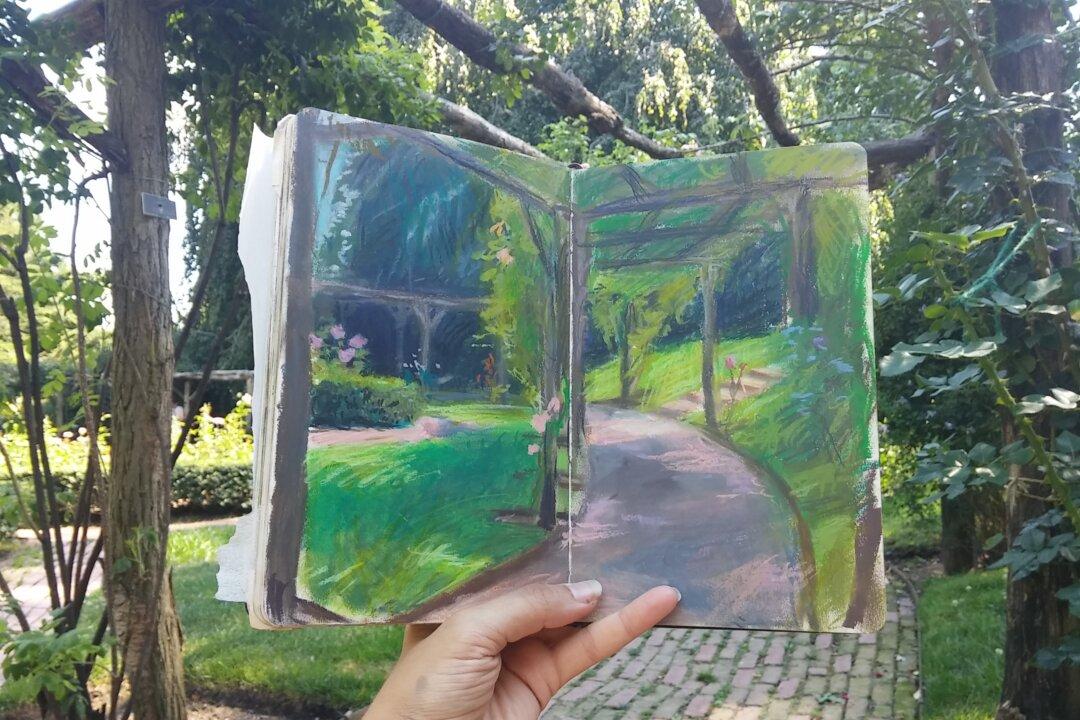NEW YORK—It’s as if he had walked through a forest without making a sound, hardly leaving a trace. Through a three-month journey of examining, cleaning, and repairing every square inch—one at a time—professor Dr. Jorgen Wadum contributed to revealing the “Girl with a Pearl Earring” in all her splendor for the whole world to see. Twenty-two years after he did the most recent restoration, Wadum is still most intimately connected to that iconic painting by the 17th century Dutch painter, Johannes Vermeer.
“I’ve been up, poking my nose at her when I was in the Mauritshuis museum not too long ago, and I think she still does it brilliantly,” Wadum said a day before his lecture on perspective and painting techniques at The Frick Collection on Feb. 3.






